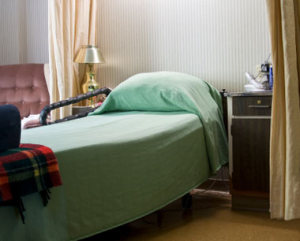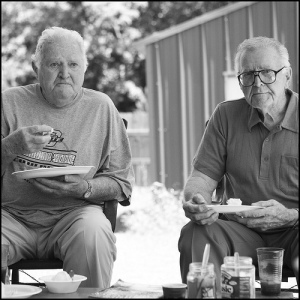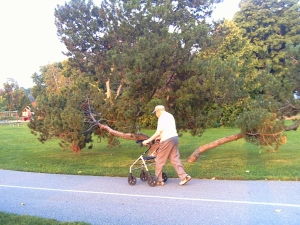According to a recent article from Kaiser Health News, until recently, a California law permitted nursing homes to make decisions—include about end-of-life care—for nursing home residents who have been declared incompetent. However, a state court recently held that the law, which was enacted more than twenty years ago, is unconstitutional.
Nursing Homes Cannot Violate Patients’ Rights
The law remained in effect until Alameda County Superior Court Judge Evelio M. Grillo ruled that the law is unconstitutional in a decision that came down at the end of last month. As the judge explained, “the law violates patients’ due process rights because it doesn’t require nursing homes to notify patients they have been deemed incapacitated or to give them the chance to object.” While Grillo indicated that he knows the decision “is likely to cause problems” for regular nursing home operations, it’s more important to put nursing home patients’ rights above practical logistics.
 California Nursing Home Abuse Lawyer Blog
California Nursing Home Abuse Lawyer Blog










 Aimed at Preventing Falls
Aimed at Preventing Falls





